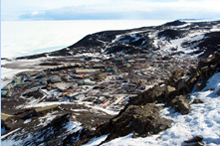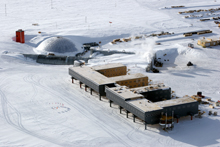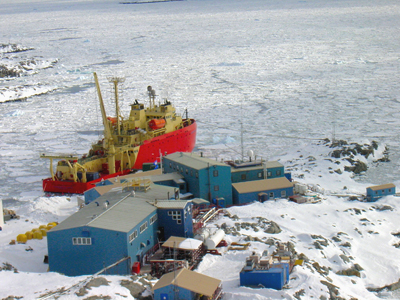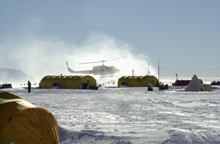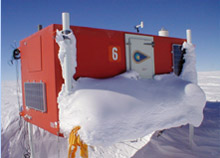|
|||||||||||||
|
|||||||||||||
|
The U.S. Antarctic Program, Polar Research and Support Section, operates three year-round stations—McMurdo, Amundsen-Scott South Pole, and Palmer stations. Camps operate only in summer to support field research. Six automated geophysical observatories and more than 100 automated weather stations operate year-round. The weather stations involve international collaboration with the Italian, German, Australian, and British programs.
|
||||||||||||||||||||||||||||||||||||||||||||||||||||||||||||||||||||||
| Web Policies and Important Links | | | Privacy | | | FOIA | | | Help | | | Contact NSF | | | Contact Webmaster | | | SiteMap |
|
Office of Polar Programs (OPP) The National Science Foundation, 4201 Wilson Boulevard, Arlington, Virginia 22230, USA Tel: (703) 292-5111 , FIRS: (800) 877-8339 | TDD: (800) 281-8749 |
|
|
Last Updated: Oct 14, 2008 |
|||







